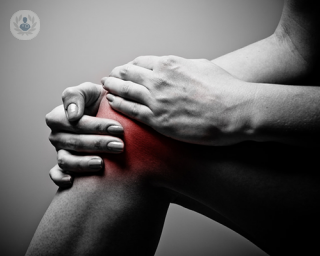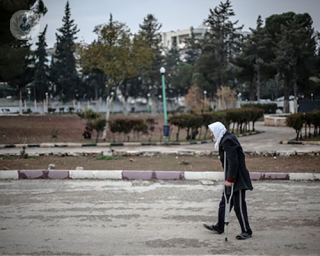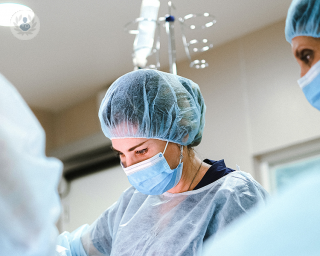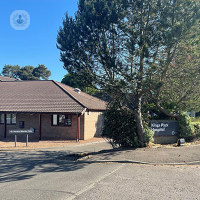Arthroplasty
Mr Jordi Sanchez-Ballester - Orthopaedic surgery
Created on: 03-26-2013
Updated on: 02-23-2024
Edited by: Aoife Maguire
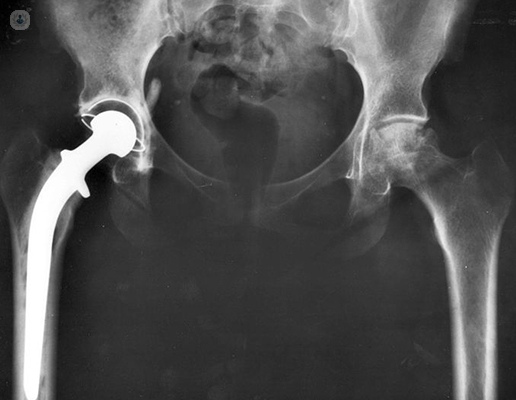
What is arthroplasty?
The term arthroplasty refers to any surgical procedure to restore the function of a damaged joint, often by replacing them with artificial joints made of chromium, cobalt and titanium, along with high density plastics.
The ultimate aim of arthroplasty is to correct deformities, reduce or eliminate pain in the affected areas, and restore mobility. Arthroplasty is commonly performed on the hip, knee, elbow, shoulder, and ankle, among others.
Different types of arthroplasty include:
- Joint replacement – the damaged joint is removed and replaced with a prosthesis. Hip replacements and knee replacements are the most common.
- Interpositional arthroplasty – tissue, such as skin or muscle is interposed to keep inflammatory surfaces from rubbing together.
- Excisional arthroplasty – bone is removed from the surface of the joint to stop the bones making contact. Scar tissue is left to fill the gap.
- Resurfacing arthroplasty – the surfaces of the bones at the joint are replaced with a smooth, protective metal coating.
Why is arthroplasty done?
Arthroplasty is carried out to replace the damaged joint with a healthy one, allowing the patient to live a full and active life with adequate mobility.
Arthoplasty may become necessary due to:
- Rheumatoid arthritis
- Osteoarthritis
- Osteoporosis
- Osteonecrosis
- Misaligned joints (often due to traumatic injury)
What does arthroplasty consist of?
Arthroplasty procedures are carried out under general anaesthetic. The patient’s heart rate, blood pressure, breathing, and blood oxygen are monitored, while the surgeon makes an incision and removes and/or repairs the damaged parts of the joint, before closing the incision with stitches.
The process of placement of the prosthesis will be different depending on the type of joint replacement.
Preparation for arthroplasty
No special preparation is required for arthroplasty, other than notifying the specialist of the possibility of being pregnant and the medication the patient is taking, which may be strong in cases of rheumatic diseases and may need to be stopped or changed prior to the operation.
Care after the intervention
After the intervention, the patient may feel pain, which is normal in any intervention. In case of pain, the specialist will recommend the best treatment.
During the hospitalisation, specialists will soon begin to move the joint, so that recovery is as effective as possible and the patient regains mobility as soon as possible.
After being discharged from the hospital, the patient must go for rehabilitation for a few months to fully recover the mobility of the joint and also to check that make sure that the prosthesis is functioning properly.

